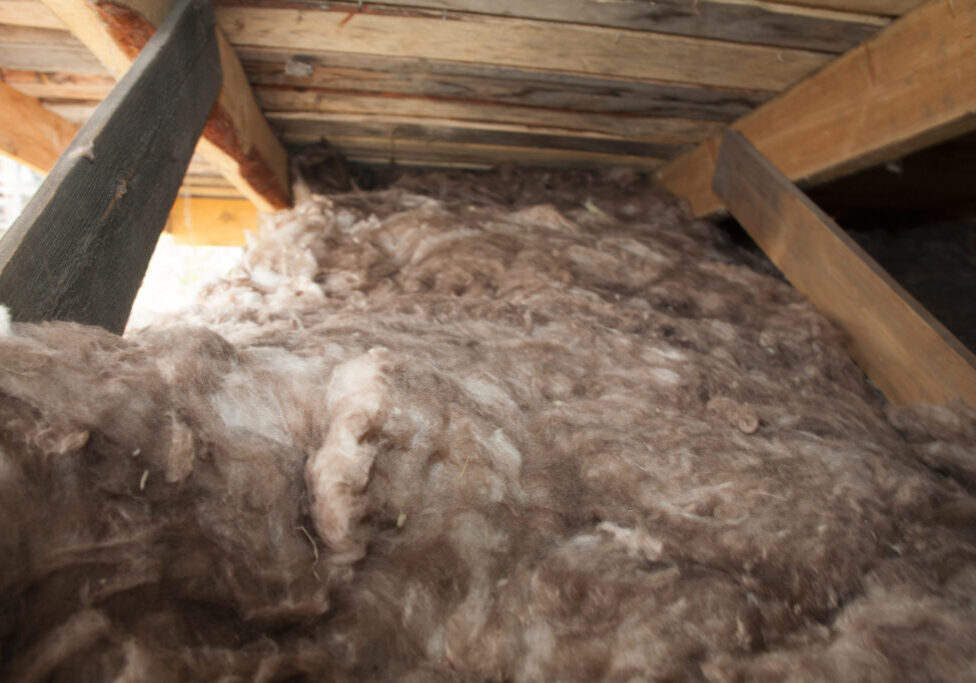

When looking to insulate your attic floor there are a variety of different types of insulation that you can choose from. By far the two most common and most effective types are batt and blown-in insulation. When comparing blown-in insulation vs batts for your attic, which one should you choose? Well, to answer this, there are a variety of factors to consider. In this article, we’ll break down the pros and cons of each type. But no matter which you select (blown-in insulation vs batts), always prepare your attic properly including sealing all air leaks before installation.
Blown-In Insulation vs Batts: Key Advantages of Batt Insulation
Batts, or rolls, are large blankets of insulation that are made from either fiberglass or cotton. This insulation is installed by cutting the blanket to fit properly between the joists and wall studs on the attic floor, and then laying it down into the space like a puzzle piece. There are a couple benefits of using batts for insulation in your attic.
Firstly, a layman can install this type of insulation in their own attic since there is no special equipment that is required. However, this will take some patience and time to ensure that the batt is cut with precision to fit flush in the space in question.
Secondly, if you manage to properly cut all the pieces of insulation and fill in the spaces with precision, this will actually give you the best amount of heat retention – or will give you the highest R-value, to use a technical term. However, on the negative side, if you do not manage to perfectly fit the batt into the space between the joists and studs, and happen to leave some gaps in the insulation, you will see a dramatic reduction in the effectiveness of the insulation.
Therefore, if you have an abundance of joists and studs in your attic floor, or likewise have many wires and other obstructions, batt insulation may not be the best way to go.
Blown-In Insulation vs Batts: Key Advantages of Blown-In Insulation
Blown insulation is accomplished by blowing out chunks of either fiberglass or cellulose from the hose of a blowing machine. The main benefit of blown insulation is that it is a much more consistent type of insulation. With this method the insulation is simply blown onto the attic floor, and no matter what type of joists, studs or wiring that may be in play, the blown insulation will naturally form itself tight around any of these, creating a layer of strong insulation. In short, there is less chance of error with blown insulation as compared to batts.
On the negative side, blown insulation will normally require a professional who has access to the blowing machine that is needed. Because of these extra charges, you may end up paying a bit more for blown insulation.
Finally, while blown insulation is much more consistent and has a much lower chance of failure, the R-value of this insulation will typically have a higher R-value due to installation quality differences.
Ultimately, both blown-in and batt insulation have their strength. Choosing the right one depends on your attic's layout, budget, and installation preferences. Whether you're going DIY or hiring a pro, the goal is the same: optimal energy efficiency and comfort. Ready to take the next step toward a better-insulated home? We're here to help.
Contact Us
Contact the experts at Balanced Comfort to find out which insulation is right for you!
You may also follow us on Facebook.
blown-in insulation blow in insulation blow in insulation vs batts blow in insulation vs roll blown in attic insulation cost

